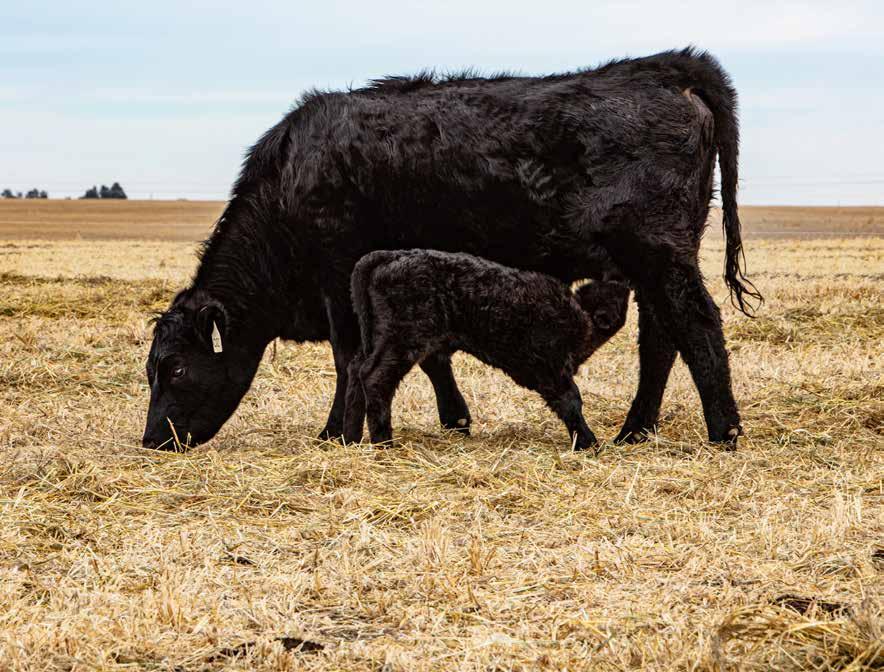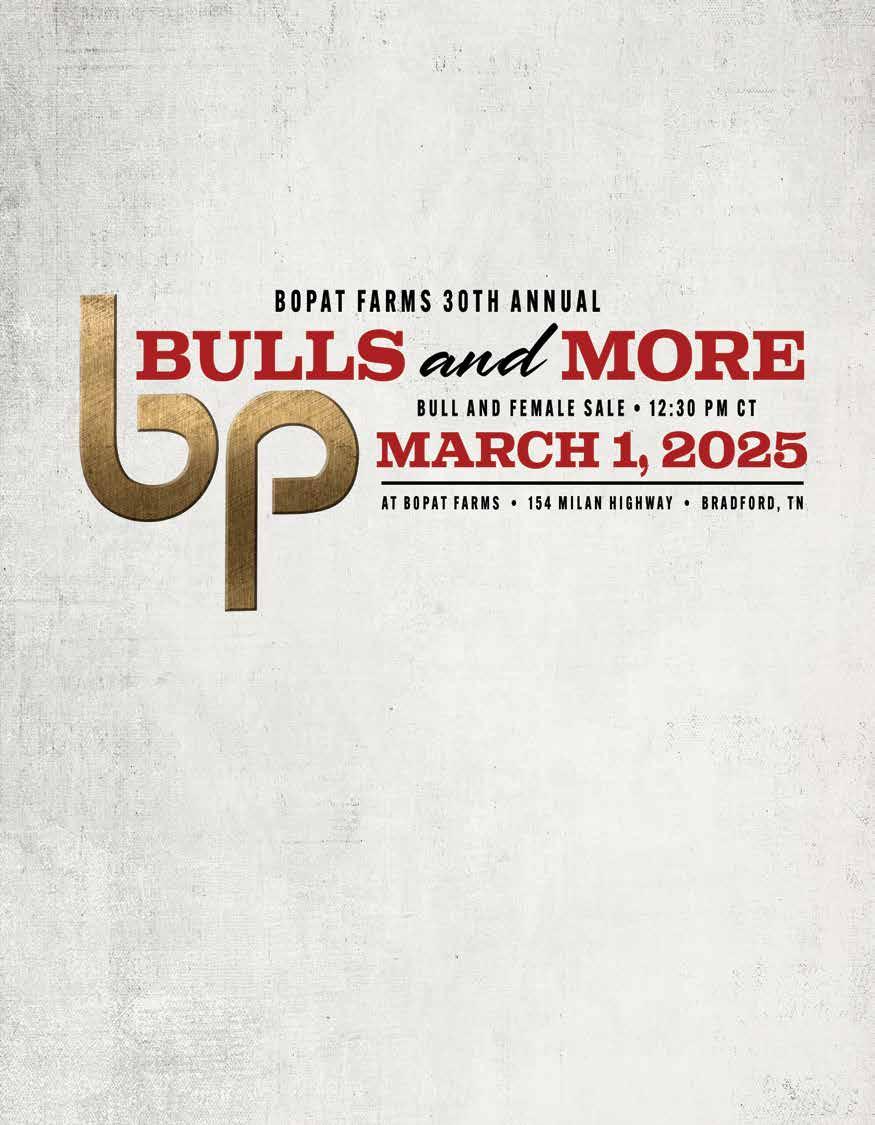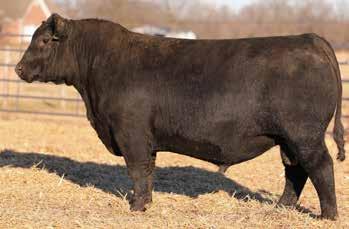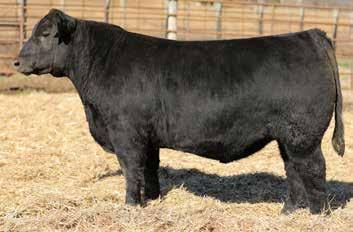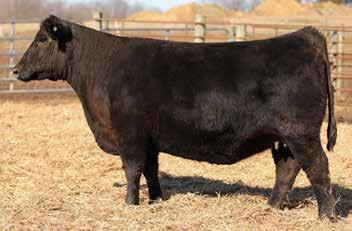

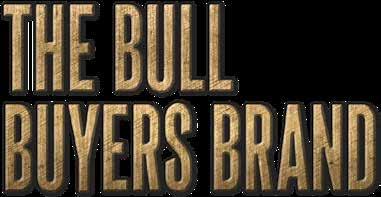





On behalf of all the family here at BoPat Farms we welcome you all to our 30th Annual Bulls & More Sale. It’s truly hard to believe that this sale has been continually going for 30 years. In the past 30 years we’ve seen much change in the people, place, and the cattle that have made up the operation. With the changes through time, we’ve seen the cattle change depending on market trends. We’ve chased those trends trying to ensure we could help you and us reach the full potential of the market, and sometimes those moves were successful and sometimes they weren’t. You tend to learn a lot of what to do and what not to do in 30 years.
What hasn’t changed in the last 30 years though is our willingness to continue to serve our ever-changing market with the same BoPat quality product you’ve known to trust. By breeding and raising functional cattle while all backed by honest people, we’ve proved to be a place that you the customer can feel extremely confident in doing business with. Cattle, markets, and trends all change, but how we do business here won’t.
This year’s offering is not much different than those you’ve shopped through in the past. You might notice our bull numbers are down some for this sale, and that’s due to the decision we made to begin solely offering the aged bulls at auction. We’ve watched and listened as the customer has requested that more turnout ready aged bull, so we’re adapting. All these bulls were born in the Fall months of 2023, so they’ll be the true 18-month-olds that should be ready for turn out this spring. Stout, sound, and aged up Angus bulls sired by some of the industry’s best like; T/D Doc Ryan 049, Connealy Craftsman, Connealy Commerce, Boyd Justification, and more.
On the female front you’re in for a treat of an extremely nice offering of young Angus cows. The offering will kick off with a solid set of spring bred 3-year-olds. We expect many of these to already be calved out by sale time. Following those up will be a deep run of fall bred cows. Most of these females will range from 3-5 years old, AI’d to the likes of Ellingson Prosper, BCC Rapport, and Doc Ryan, and then cleaned up by two of our favorite young herd sire’s; T/D Headliner J110 and BV Huckleberry 3054.
We’re still living in truly unprecedented times within the cattle industry. We’re watching market prices that we think can’t be topped be topped the following week. An adjustment will come. When though? We just don’t know. I hope the bulls your purchase in March sire the highest calves you’ve ever sold. However, don’t get caught solely betting on the market. Ensure your bull selection is keeping you in a premium cut regardless. Your bull selection is one of the driving forces behind the success of your operation. Trust buying here in knowing that you’re linking up with a family that’s main goal is your success!


We hope you’ll make plans to join us on Saturday, March 1st for the 30th Bulls & More Sale here at the farm in Bradford, TN. If any of us can be of any assistance, please don’t hesitate to reach out!

INSTRUCTIONS ON PAGE 7











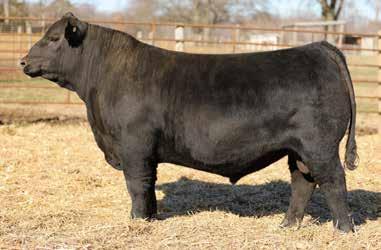

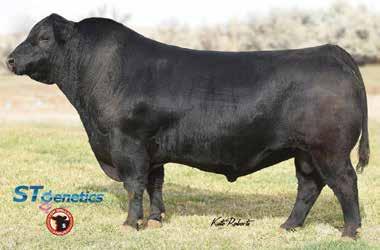
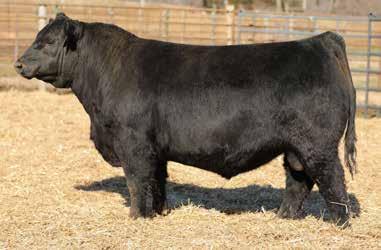





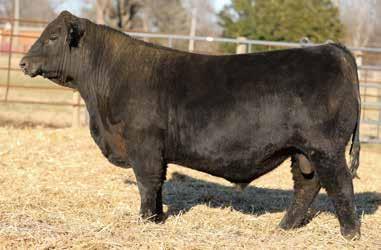

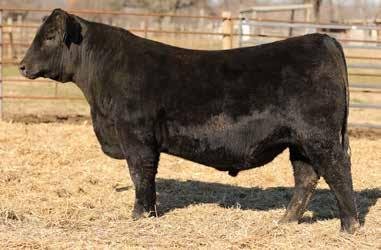





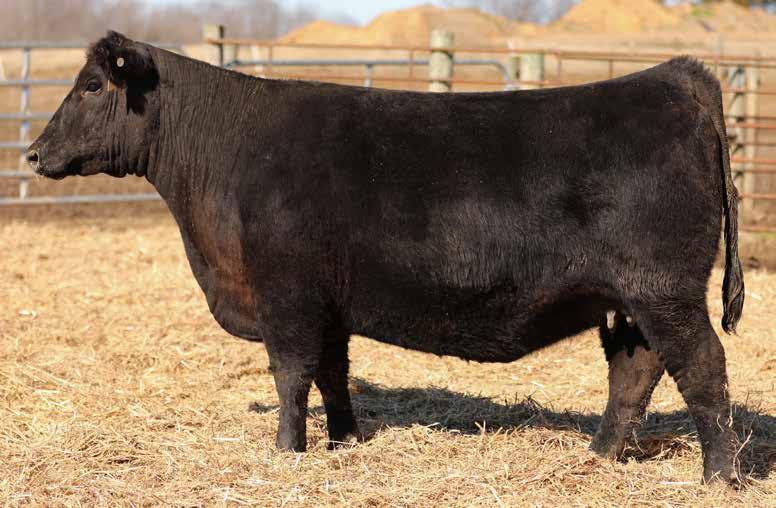











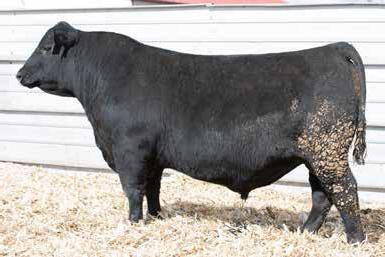


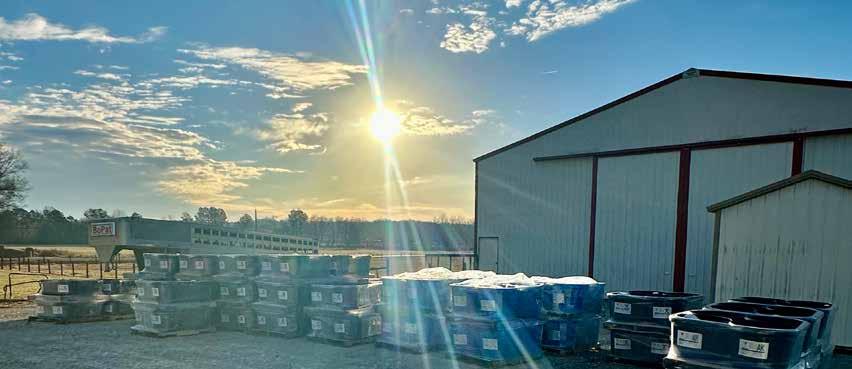







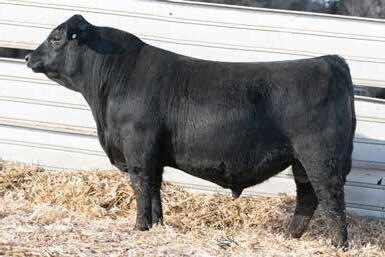

JVC Cavalry V3326#
T/D Cavalry 761
B/R Ruby of Tiffany 5111

Gee of Conanga 919

- 12/16/24 to T/D Doc Ryan 049
BoPat Solution 837 V A R Discovery 2240# BoPat Willabar Countess 043#
Brook Lady X227 N Bar Emulation
Jindra 3rd Dimension
Jindra Blackbird Lassy 1111
B/R Future Direction 330#
BoPat Black Jill 621#
Connealy Consensus#


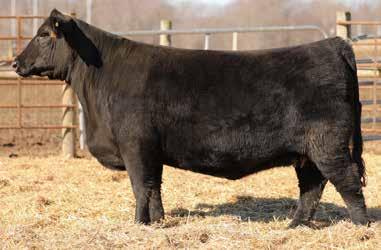
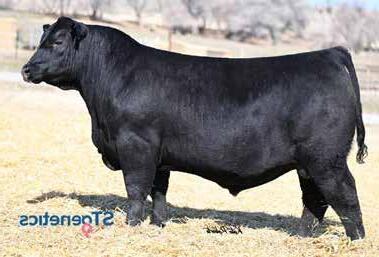

Foundation#
Prim Lassie 80634#




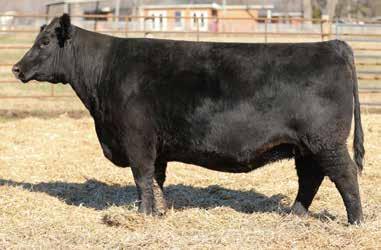


Expected Progeny Difference (EPD) , is the prediction of how future progeny of each animal are expected to perform relative to the progeny of other animals listed in the database. EPDs are expressed in units of measure for the trait, plus or minus. Interim EPDs may appear on young animals when their performance has yet to be incorporated into the American Angus Association National Cattle Evaluation (NCE) procedures.
Calving Ease Direct (CED) , is expressed as a difference in percentage of unassisted births, with a higher value indicating greater calving ease in first-calf heifers. It predicts the average difference in ease with which a sire’s calves will be born when he is bred to first-calf heifers.
Birth Weight EPD (BW) , expressed in pounds, is a predictor of a sire’s ability to transmit birth weight to his progeny compared to that of other sires.
Weaning Weight EPD (WW), expressed in pounds, is a predictor of a sire’s ability to transmit weaning growth to his progeny compared to that of other sires.
Yearling Weight EPD (YW) , expressed in pounds, is a predictor of a sire’s ability to transmit yearling growth to his progeny compared to that of other sires.
Scrotal Circumference EPD (SC) , expressed in centimeters, is a predictor of the difference in transmitting ability for scrotal size compared to that of other sires.
Heifer Pregnancy (HP), is a selection tool to increase the probability or chance of a sire’s daughters becoming pregnant as first-calf heifers during a normal breeding season. A higher EPD is the more favorable direction and the EPD is reported in percentage units.
$Value indexes , an economic selection index allows multiple change in several different traits at once pertaining to a specific breeding objective. The $Value is an estimate of how future progeny of each sire are expected to perform, on average, compared to progeny of other sires if the sires were randomly mated to cows and if calves were exposed to the same environment.
Maternal Weaned Calf Value ($M), an index, expressed in dollars per head, predicts profitability differences from conception to weaning with the underlying breeding objective assuming that individuals retain their own replacement females within herd and sell the rest of the cull female and all male progeny as feeder calves. The model assumes commercial producers will replace 25% of their breeding females in the first generation and 20% of their breeding females in each subsequent generation. Traits included are as follows: calving ease direct, calving ease maternal, weaning weight, milk, heifer pregnancy, docility, mature cow weight, claw set and foot angle.

Maternal Milk EPD (Milk), is a predictor of a sire’s genetic merit for milk and mothering ability as expressed in his daughters compared to daughters of other sires. In other words, it is that part of a calf’s weaning weight attributed to milk and mothering ability.
Docility (Doc), is expressed as a difference in yearling cattle temperament, with a higher value indicating more favorable docility. It predicts the average difference of progeny from a sire in comparison with another sire’s calves. In herds where temperament problems are not an issue, this expected difference would not be realized.
Carcass Weight EPD (CW) , expressed in pounds is a predictor of the differences in hot carcass weight of a sire’s progeny compared to progeny of other sires.
Marbling EPD (Marb), expressed as a fraction of the difference in USDA marbling score of a sire’s progeny compared to progeny of other sires.
Ribeye Area EPD (RE), expressed in square inches, is a predictor of the difference in ribeye area of a sire’s progeny compared to progeny of other sires.
Fat Thickness EPD (Fat) , expressed in inches, is a predictor of the differences in external fat thickness at the 12th rib (as measured between the 12th and 13th ribs) of a sire’s progeny compared to progeny of other sires.


Weaned Calf Value ($W) , an index, expressed in dollars per head, to predict profitability differences in progeny due to genetics from birth to weaning. The underlying objective being producers will retain 20% of the female progeny as replacements and sell the rest of the cull females and their male counterparts as feeder calves. Traits included are as follows (in no particular order): birth weight, weaning weight, milk, and mature cow weight.
Beef Value ($B) , a terminal index, expressed in dollars per carcass, to predict profitability differences in progeny due to genetics for postweaning and carcass traits. This terminal index assumes commercial producers wean all male and female progeny, retain ownership of these animals through the feedlot phase and market these animals on a carcass grid. Traits included in the index are as follows: yearling weight, dry-matter intake, marbling, carcass weight, ribeye area and fat.
Combined Value ($C) , an index, expressed in dollars per head, which includes all traits that make up both Maternal Weaned Calf Value ($M) and Beef Value ($B) with the objective that commercial producers will replace 20% of their breeding females per year with replacement heifers retained within their own herd. The remaining cull heifer and steer progeny are then assumed to be sent to the feedlot where the producers retain ownership of those cattle and sell them on a quality-based carcass merit grid. Expected progeny differences (EPDs) directly influencing a combined index: calving ease direct (CED) and maternal (CEM), weaning weight (WW), yearling weight (YW), maternal milk (Milk), heifer pregnancy (HP), docility (DOC), mature cow weight (MW), foot angle (Angle), claw set (Claw), dry matter intake (DMI), marbling (Marb), carcass weight (CW), ribeye area (RE) and fat thickness (Fat).


